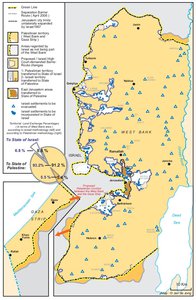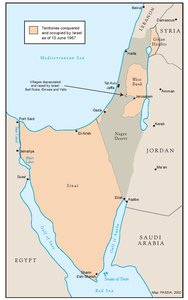THE NEAR EAST AFTER THE JUNE 1967 WAR
Map Details
The Six-Day War of June 1967 produced what has been described as “a territorial earthquake” in the Middle East, with the ca. 20,000 km2 Jewish State taking control of an area of 90,000 km2 seemingly overnight. The Egyptian Sinai, Syrian Golan Heights, Jordanian-held West Bank and Egyptian-held Gaza Strip were conquered by a vastly superior Israeli force in a humiliating defeat for Arab nationalism that shook the region and redefined the Palestinian-Israeli conflict. Publicly, Israel would always maintain that the war was an act of defense against Syrian border aggressions and Nasser’s deployment of Egyptian forces in the Sinai. Privately, the leading figures - Israeli Prime Minister Levi Eshkol, Defense Minister Moshe Dayan and Chief of Staff Yitzhak Rabin - admitted that the war was an opportunistic, haphazard act of aggressive expansion. In the years leading up to the war, Israel had been engaged in a minor war of attrition along its eastern border, as Palestinian guerillas infiltrated and attacked Israeli targets. Generally, Israel saw King Hussein’s Jordan as a potential accomplice in controlling the Palestinians and preferred to direct its ‘preemptive’ and retaliatory strikes at Syria and Egypt. Nasser’s pan-Arab popularity and the two states’ Soviet weaponry troubled Israel, while the US supported Israel as a strategic means of challenging Soviet allies and regional Arab nationalism. In early 1967, Israel commenced a concerted drive to escalate tensions on the Syrian border. According to Dayan, “[i]t went this way: we would send a tractor to plow someplace... in the demilitarized zone, and knew in advance that the Syrians would start to shoot. If they didn’t shoot, we would tell the tractor to advance further, until in the end the Syrians would get annoyed and shoot. And then we would use artillery and later the air force... that’s how it was.”4 One such incident, in April 1967, culminated in Israeli jets over flying Damascus to shoot down six Syrian planes. A month later, Rabin, in a newspaper interview, threatened to conquer Damascus. Nasser, the acknowledged leader of the Arab World, found himself obliged to make a show of strength and to act on Egypt’s defense pact with Syria. After deploying troops in the Sinai, he closed the Straits of Tiran to Israeli shipping. The US informed Israel it saw no sign of any imminent Arab invasion, but that in any event Israel would “whip the hell out of them,” and pledged to replenish Israeli armaments in a post-war scenario. Israel acted on 5 June, attacking Egypt’s air force on the ground and annihilating it in two hours. When Syrian and Jordanian forces engaged from the east, their air forces met a similar fate. Some 400 planes were destroyed in a single day. In the five subsequent days, Dayan and Rabin transformed an original operational plan limited to securing the Straits of Tiran and effecting ‘minor border adjustments’ on the eastern front, into one of huge assaults and lightening territorial conquest. The attack on the Sinai was well planned, but the occupation of the entire West Bank and Golan Heights had not been anticipated. The West Bank was ‘grabbed’ as soon as intelligence reports revealed that King Hussein had ordered his troops back across the Jordan. The Golan was captured last and without even the pretence of military justification. Dayan bypassed the Chief of Staff to order the Golan offensive on the penultimate day of the war, hours after Syria had requested a cease-fire. Dayan would later call his adventurism a failure of duty. Prime Minister Eshkol called him a “vile man.” The war Israel had initiated with Egypt led their armies against Jordan and Syria and brought them massive, unexpected gains on all fronts. Prime Minister Eshkol proclaimed “a new political reality in the Mideast.” Following the cessation of hostilities on 10 June, the UNSC called on Israel to comply with the 4th Geneva Convention and to allow the “return of those inhabitants who have fled...” Israel did neither. During the war, Israel had again employed its 1948 tactic of razing entire Palestinian villages to the ground (in the Latrun area). Some 300,000 Palestinians had been added to the refugee Diaspora by the end of the war. Another 1.3 million Palestinians found themselves under Israeli military occupation, divided into two areas – the West Bank and the Gaza Strip.
Related Maps
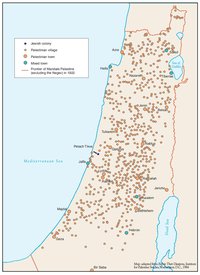
OTTOMAN PALESTINE, 1878
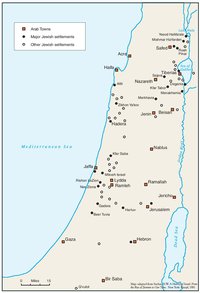
ARAB TOWNS AND JEWISH SETTLEMENTS IN PALESTINE, 1881-1914
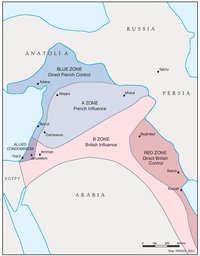
THE SYKES-PICOT AGREEMENT, 1916
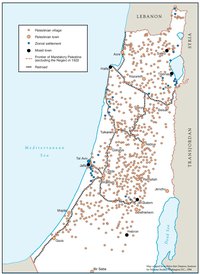
THE BEGINNING OF THE BRITISH MANDATE, 1920
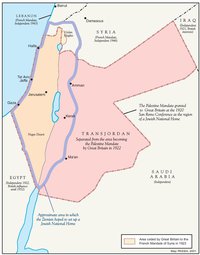
PALESTINE UNDER THE BRITISH MANDATE
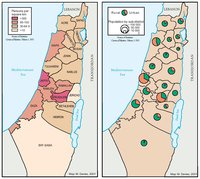
THE DEMOGRAPHY OF PALESTINE, 1931
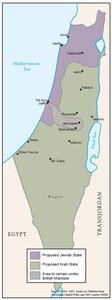
THE PEEL COMMISSION PARTITION PROPOSAL, 1937
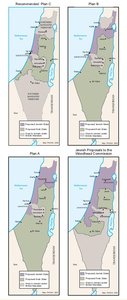
THE WOODHEAD COMMISSION PARTITION PROPOSALS, 1938
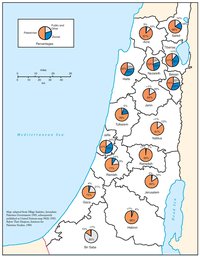
PALESTINIAN AND ZIONIST LANDOWNERSHIP BY SUB-DISTRICT, 1945
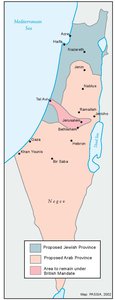
THE MORRISON-GRADY PARTITIONED TRUSTEESHIP PLAN, 1946
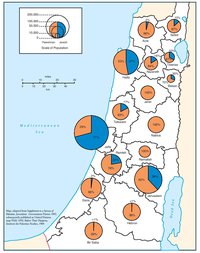
POPULATION OF PALESTINE BY SUB-DISTRICT, 1946
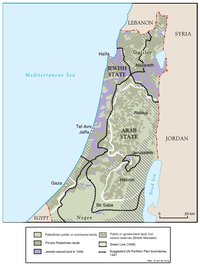
LAND OWNERSHIP IN PALESTINE, 1948
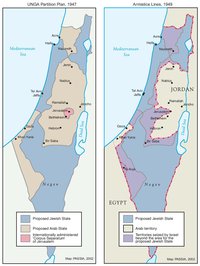
THE UNGA PARTITION PLAN, 1947 – THE 1948 WAR & THE 1949 ARMISTICE LINES
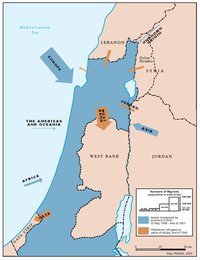
POPULATION MOVEMENTS, 1948-1951
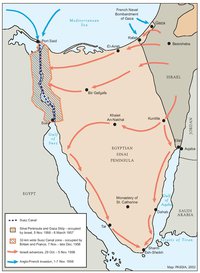
THE SUEZ WAR, 1956
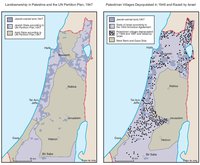
LAND OWNERSHIP IN PALESTINE AND THE UN PARTITION PLAN - PALESTINIAN DEPOPULATED AND DESTROYED VILLAGES, 1948-1949
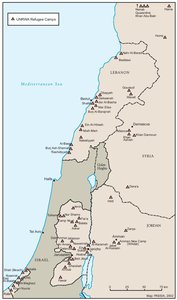
THE PALESTINIAN DIASPORA, 1958
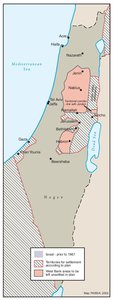
THE ALLON PLAN, JUNE 1967
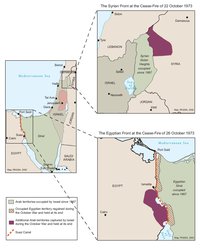
THE OCTOBER WAR, 1973
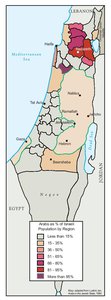
THE PALESTINIANS INSIDE ISRAEL, 1977
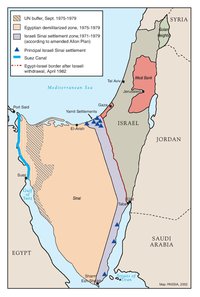
THE CAMP DAVID ACCORDS, 1978-1979
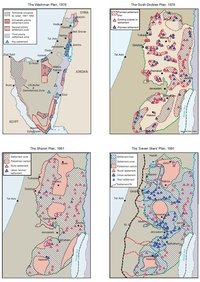
ISRAELI SETTLEMENT MASTER PLANS, 1976-1991
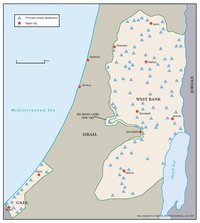
THE 1991 MADRID PEACE CONFERENCE & ISRAELI SETTLEMENTS
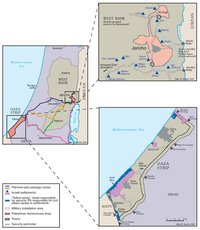
GAZA-JERICHO (OSLO I) AGREEMENT, CAIRO, 4 MAY 1994
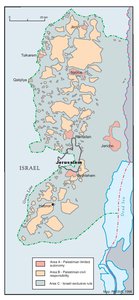
INTERIM (OSLO II) AGREEMENT, TABA, 28 SEPTEMBER 1995
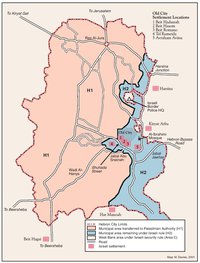
HEBRON PROTOCOL, 15 JANUARY 1997
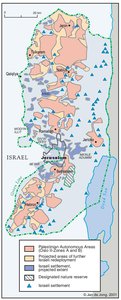
WYE RIVER MEMORANDUM, 23 OCTOBER 1998
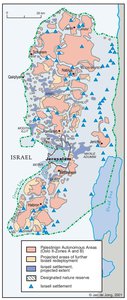
SHARM ESH-SHEIKH AGREEMENT, 4 SEPTEMBER 1999
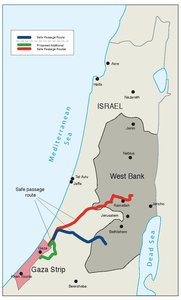
PROTOCOL CONCERNING SAFE PASSAGE BETWEEN THE WEST BANK AND THE GAZA STRIP, 5 OCTOBER 1999
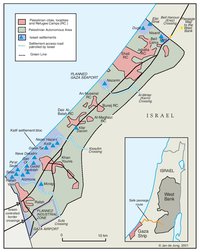
GAZA, 2000
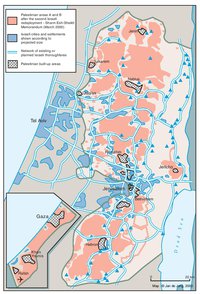
WEST BANK AND GAZA STRIP, MARCH 2000
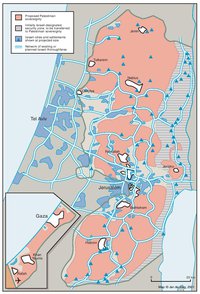
CAMP DAVID PROJECTION, JULY 2000
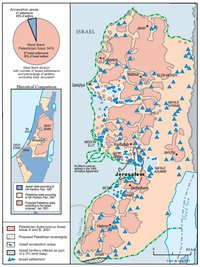
TABA TALKS PROJECTION, JANUARY 2001
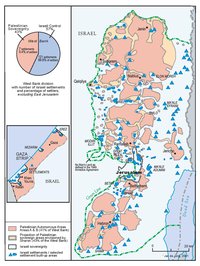
THE SHARON PROPOSAL, SPRING 2001
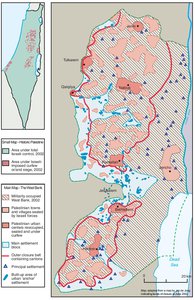
THE REINVASION OF THE PALESTINIAN TERRITORIES, 2001-2002
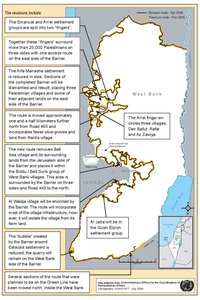
THE ROAD MAP, 2003
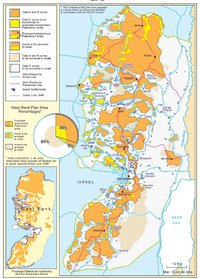
THE GENEVA INITIATIVE AND ACCORD, 2003
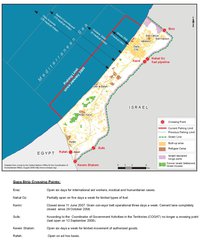
THE ISRAELI DISENGAGEMENT PLAN, 2003-2005
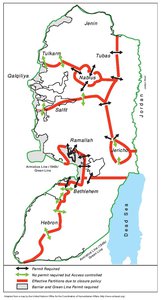
AGREED DOCUMENTS ON MOVEMENT AND ACCESS FROM AND TO GAZA, 2005
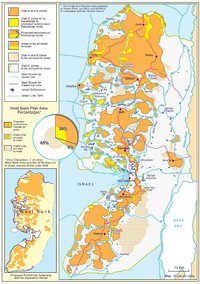
THE SETTLERS' PLAN FOR PALESTINIAN AUTONOMY, 2006
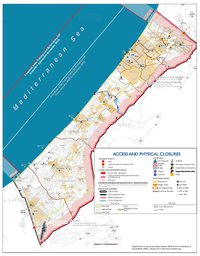
THE GAZA STRIP TODAY (2014)
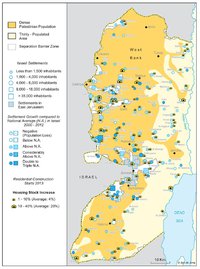
THE WEST BANK TODAY (2014)
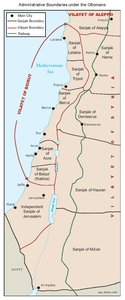
ADMINISTRATIVE BOUNDARIES
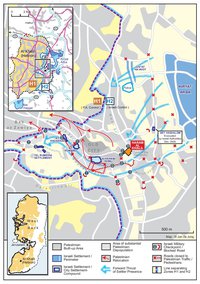
HEBRON
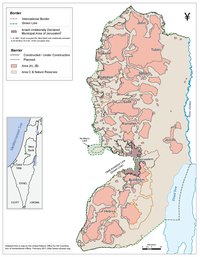
Area C
